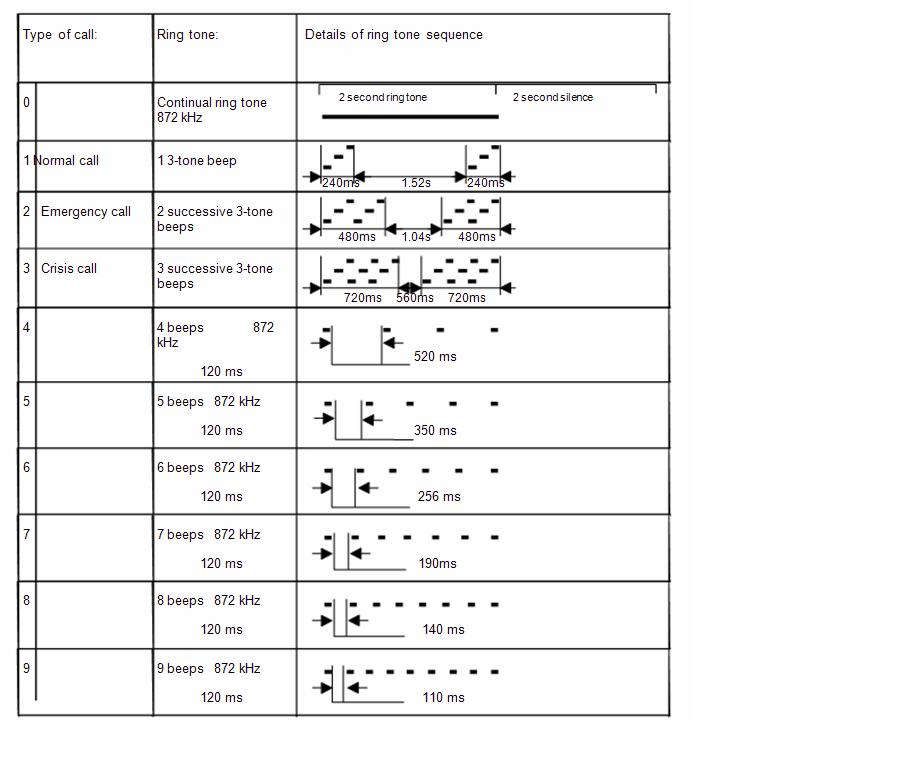Reference:Innovaphone Messaging Server Interface
Applies To
This information applies to
- IP200, IP202, IP110, IP200A, IP230, IP72
- innovaphone PBX
- V6SR2
- Messaging Server
Build 08-60900.50 and later.
Requirements
- Messaging Server as message source (contrary to phone-to-phone messaging)
- Messaging through the RFC3428
- Absent detection when handset is in a charging station
- Multiple ringtones for different types of messages e.g. normal message, urgent message, very urgent, and on and on...
- Easy call back from the message, as described in 'requirements regarding Funktel FC-1 dect handset'
- Message should be displayed at once, no user interference is needed
- Memory for at least 10 messages
- Messages should have priority when having an ongoing telephone call, by a ringtone or vibration (ongoing call will NOT be disconnected!)
- By holding one of the keypad buttons for a long time an emergency call will be made (dialing of a programmed telephone number, or sending of a new defined presence message thru SIP)
Messaging Server Mode
- The Messaging Server operating mode is implicitly activated when a message containing the Messaging Server grammar part is received
- The Messaging Server grammar parts are carried as text/plain in the SIP message body part
- The commands are embedded in curly brackets ( { ... } ) and contain comma separated variable definitions
- Only the first occurence of curly brackets is regarded, following are ignored
Grammar
The Messaging Server grammar part withing curly brackets is not display to the user, but read and removed by the telephone software (e.g. receiving "abc{...}def" displays the message text "abcdef")
Recognized variable names in case insensitive manner are:
- "ct" defines the call type (or priority), legal values are 0-9. Default is 0 if not present.
Example:
{ct=2}
Each call type has a distinctive ring melody. Call type 0 does not alert the incoming message (absence of ring melody).
See 
If the incoming message has higher priority (type) then the displayed message, it replaces the displayed message.
If the incoming message has lower-or-equal priority (type) then the displayed message, it is not displayed, but stored in incoming messages list, with missed messages counter increased.
If the phone is busy (at least one active call), the incoming message is not signalled by a ring, but with an intrusion tone.
An incoming message with priority 3 is a "crisis call" and handled in a special way. Such an incoming message disconnects all active calls (if present) and is being displayed. While displayed, all calls are rejected (busy) until the message has been acknowledged and clicked away by the user. (Note: this is not completly implemented - work in progress).
- "cb" overrides the callback number. Otherwise, the message sending party is called when calling back the message sender. Legal values are SIP-Names, H.323 Aliases and E.164 numbers, spaces are not allowed.
When displaying a message, pressing a hook key initiates a call to a cllback number.
Examples:
{cb=john_doe}
{cb=103}
- "rt" defines the ring time in seconds. Default is 30 seconds if not present. Legal values are between 1 and 3600.
Example:
{rt=10}
Full example:
{ct=2, rt=60,cb=12045 }
Absence when charging
When the phone is in cradle, the phone user is assumed absent. An incoming message is replied with text "User absent.". The incoming message is not stored and not displayed.
Credits
This feature hs been mostly based upon input from Avics.